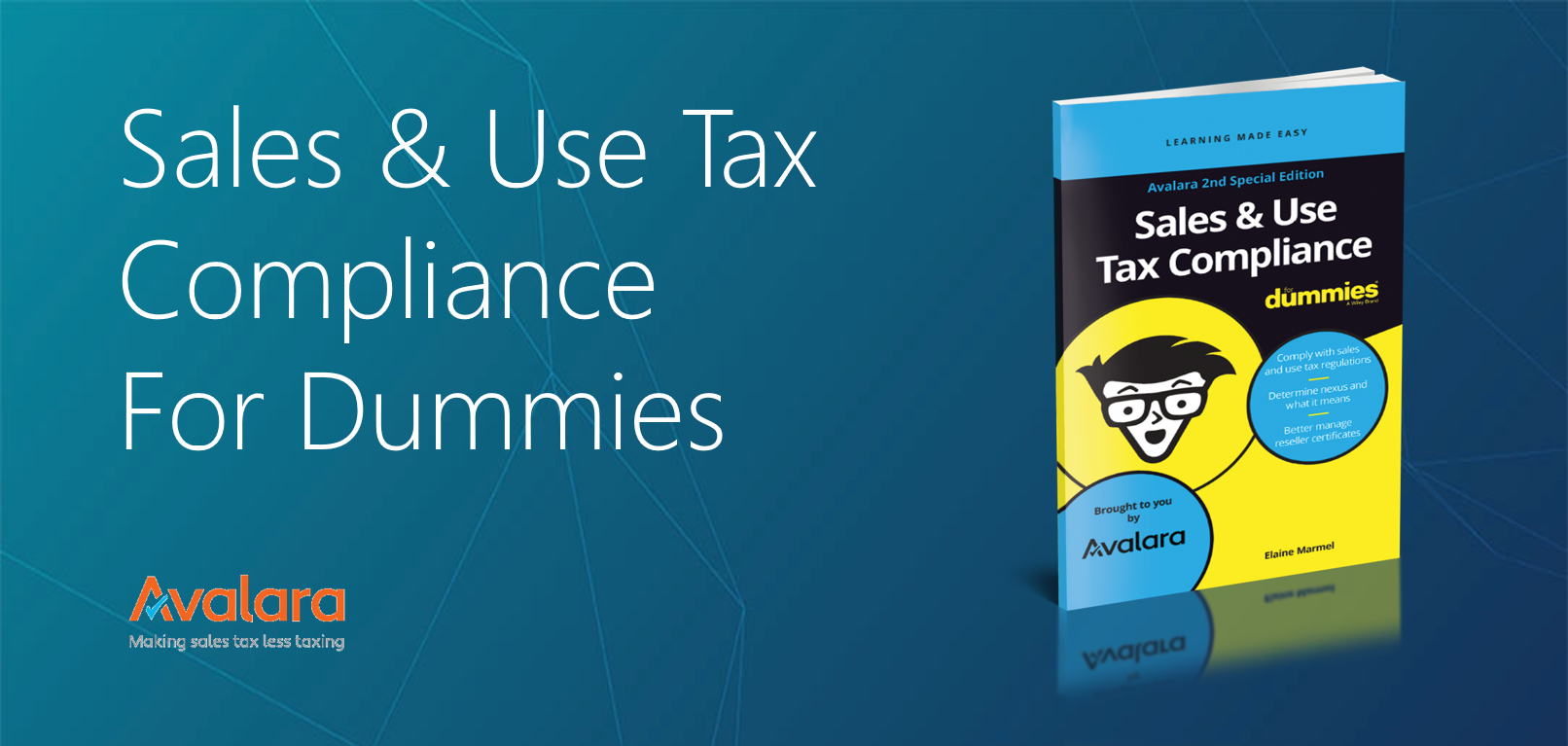
Repost from Avalara
There’s nothing sexy about sales tax compliance. There really isn’t. But there is something mighty compelling about not running afoul of the tax authorities.
Following some simple tips can help put even the least assiduous person on the path to successful sales tax compliance. And so, without further ado, here they are:
- Confirm your customers’ tax-exempt status. Exemption certificates need to be accurate, up to date, and readily accessible.
- Don’t ignore tax notices. Nothing good ever comes from letting a tax notice molder at the bottom of your to-do stack, even if you’re sure you’re blameless.
- E-file when you can (and when you must). Some states require electronic filing for all businesses, while others prefer it. For more information about a particular state’s requirements, check out the Avalara TaxRates state guides.
- Find out if you’re required to make prepayments. If you are, your filing requirements may differ from the standard filing requirements. For example, returns for some prepayments must be filed online in North Carolina, while others must be filed on paper.
- Get to know state nexus rules. If you have sales tax nexus with a state, you’re required to register with the tax department and collect and remit sales tax. Nexus rules have been changing at a rapid rate since the Supreme Court of the United States removed the physical presence rule in June 2018; it’s now easier than ever for a state to impose a sales tax collection obligation on remote sellers. See this state-by-state guide to sales tax nexus for up-to-date information.
- Identify taxability rules in states where you collect. Taxability rules for products and services differ from state to state (even from city to city in some states). Be sure you’re collecting what you should wherever you have nexus.
- Keep excellent records. You’ll need them if you’re ever audited. Auditors need to be able to track and verify each transaction from start to finish.
- Update filing frequencies on your tax calendars. A change in your business can lead to a change in filing status. It’s up to you to know how frequently you’re required to file.
- Reconcile! Reconcile! Reconcile! Start with the account balance at the beginning of the accounting period, then add the amount billed to customers and subtract the sales and use tax paid. The end result should match the current balance of your sales tax payable account.
- Use Geo-location to determine sales tax rates. Relying on ZIP codes can lead to inaccurate sales tax rates. Geo-location provides more accurate rates, down to the rooftop.
Finally, consider automating sales tax compliance. Sales tax compliance is both essential and thankless: Your customers won’t praise you for getting sales tax right, but they’ll be sure let you know if you get it wrong. Automating sales tax calculation, collection, and/or remittance helps minimize costs and increase your chances of getting it right.
Want to know more? Get the updated Sales & Use Tax Compliance for Dummies eBook.





